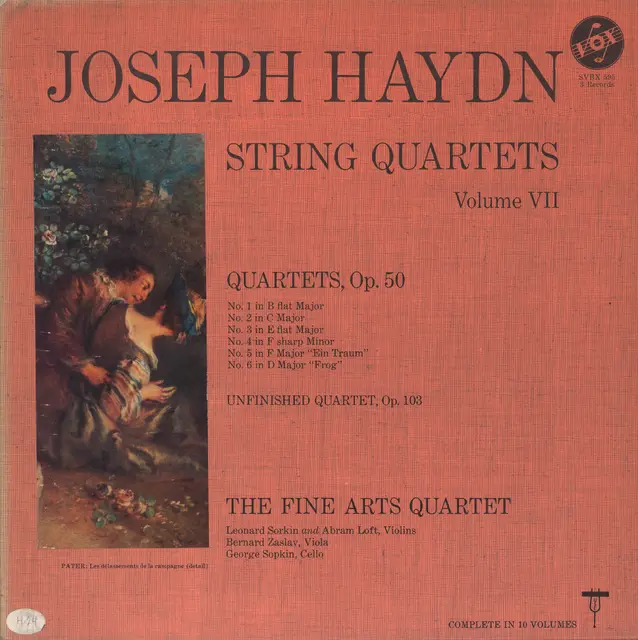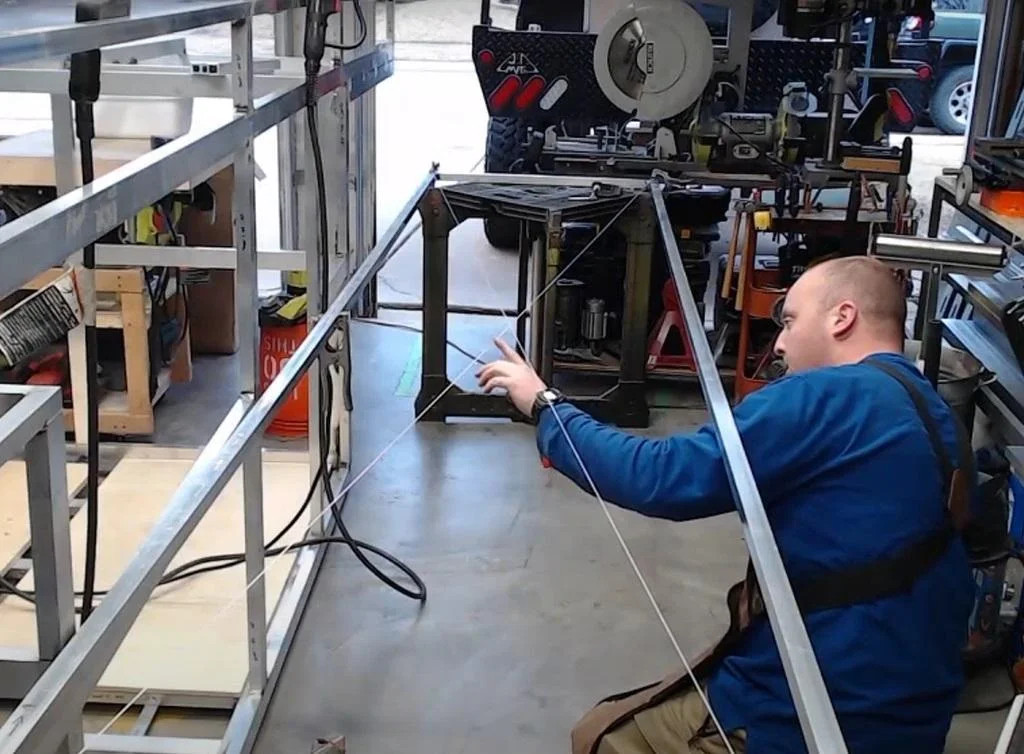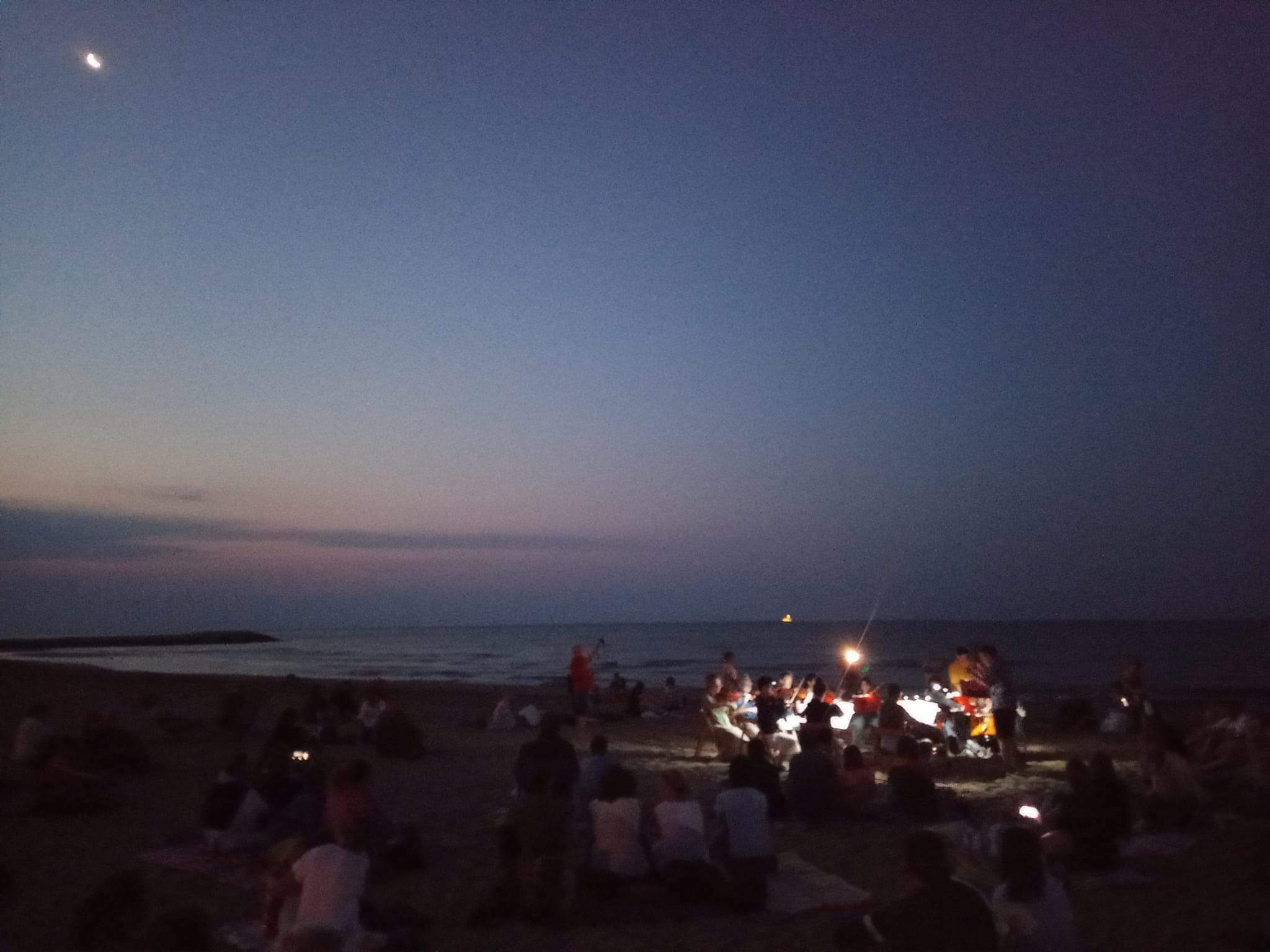Nord Stream 1 & 2 - Is sabotage behind it?
#Russia ready to send #gas to #EU via Nord Stream 2 — Minister
Supplies are possible through the #undamaged #string of the #pipeline, according to Aleksander Novak
Russia is able to supply gas to the European Union through a string of the Nord Stream 2 pipeline that that was not damaged by the recent sabotage, Deputy Prime Minister Aleksander Novak has told RIA Novosti.
The former energy minister described the attempts to destroy Nord Stream 1 and Nord Stream 2 as deliberate.
“Unfortunately, due to sabotage, one string [of Nord Stream 2] was damaged, and an examination is required to make further decisions on the fate of the string,” Novak explained.
“As for the second string, it is ready, fully built, and if the necessary legal decisions are made by our European colleagues regarding the certification and removal of restrictions, I think Russia could provide appropriate supplies through this string of the gas pipeline in a short time,” he said.
The Nord Stream 1 and Nord Stream 2 pipelines abruptly lost pressure on September 26, following a series of powerful underwater explosions off the Danish island of Bornholm. The incident caused massive gas leaks, with large volumes entering the sea. The ruptures are widely considered to be the result of sabotage, carried out by an unknown party.
The deputy premier also said that neither the operator of the Nord Stream project, nor Gazprom or industrial regulator Rostekhnadzor, were allowed to investigate the incidents on the pipelines, adding that an objective probe requires the participation of Russian professionals.
Earlier this week, the operators of the two gas pipelines said they were unable to inspect the damaged sections because of restrictions imposed by the Danish and Swedish authorities.
Nord Stream 2 AG, the Switzerland-based operator, said on Tuesday it would examine the condition of the leaking pipelines once a police investigation of the “crime scene” is completed and a cordon is lifted. Later Nord Stream AG, operator of the older Nord Stream 1 pipeline, said it had been told by Danish authorities that receiving the necessary permits to carry out an inspection could take over 20 working days.
Meanwhile, unnamed sources told CNN that Washington is considering offering to use its most advanced underwater sound reading capabilities to analyse audio recordings from around the time of the Nord Stream gas pipelines’ apparent sabotage.
Russia earlier called rupturing of the pipelines a terrorist attack. While those behind it have not yet been identified, Moscow has suggested the US was to blame.
https://www.rt.com/business/564148-n
Nord Stream 2 AG, the Switzerland-based operator,
Nord Stream AG [ AG is the Swiss form of Inc or Ltd ]
Who We Are
Nord Stream AG, based in Zug, #Switzerland, is an international consortium of five major companies established in 2005 for the planning, construction and subsequent operation of two 1,224-kilometre natural gas pipelines through the Baltic Sea.
The five shareholders of the Nord Stream consortium are Gazprom international projects LLC (PJSC Gazprom subsidiary), Wintershall Dea AG (formerly Wintershall Holding GmbH), PEG Infrastruktur AG (E.ON), N.V. Nederlandse Gasunie and ENGIE. Gazprom international projects LLC holds a 51 percent stake in the pipeline project.
Leading German energy companies Wintershall Dea AG and PEGI/E.ON hold 15.5 percent each, and the Dutch natural gas infrastructure company N.V. Nederlandse Gasunie, along with the leading French energy provider ENGIE, each hold a 9 percent stake. The combined experience of these companies ensures the best technology, safety and corporate governance for the Nord Stream project, which aims to provide a secure energy supply for Europe.
The twin pipelines, which have been operational since 2011 and 2012 respectively, have the capacity to transport a combined total of about 55 bcm of gas a year – that's enough to satisfy the energy demand of more than 26 million European households. Nord Stream has designed the pipelines to operate for at least 50 years.
Total investment in the pipeline system was 7.4 billion euros. This financing stemmed partly from Nord Stream's shareholders, which provided 30 percent of the project costs through equity contributions proportionate to their shares in the joint venture. Some 70 percent was financed externally by means of project financing from banks and export credit agencies.
https://www.nord-stream.com/about-us/











